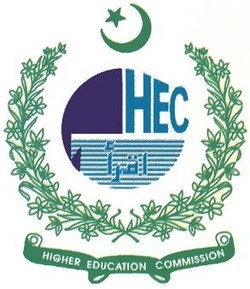غیر منقوط ادب کی روایت:کتابتِ حدیث اور مجموعہ ہائے روایات کے تناظر میں ایک مطالعہ
Tradition of Writing without Dot & Symbols: A Study in the context of the writing of Ḥadīth and the collections of Traditions
DOI:
https://doi.org/10.53762/alqamar.03.02.u23Keywords:
Dot & Symbols, tradition, ḤadīthAbstract
In the Prophetic era dots and symbols were not put on Arabic phrases. Symbols are not even today are being put on Arabic books in Arab countries. Dots and symbols have been put on Qur’ānic verses in too late centuries. The Qur’ānic codices prepared in the ear of Hazrat Usmān were without dots and symbols, as the sample of Qur’ānic in the age of Prophet Muhammad (PBUH) was without dots and symbols. Even after the Ḥazrat Usmān people recite and listen Quran through these codices. Arabs were the experienced persons of the language and learn recitation from master reciters. So, they did not feel any difficulty in this regards. They do not commit any mistake. The Holy letter of Muhammad (PBUH) is present in real form these days, which He has written to the emperor of Egypt 'Maqooqash' which was stamped. A copy of this letter in Sīra books has been presented. It shows no dots and symbols. Similarly, the codices of Quran prepared in the ear of Hazrat Usmān are present in the world without dots and symbols. A copy of this 'Mushaf' is present in the museum of Masjid-e-Nabvī which is also dot less and symbol less.
Published
How to Cite
Issue
Section
Copyright (c) 2020 Al-Qamar

This work is licensed under a Creative Commons Attribution 4.0 International License.


















